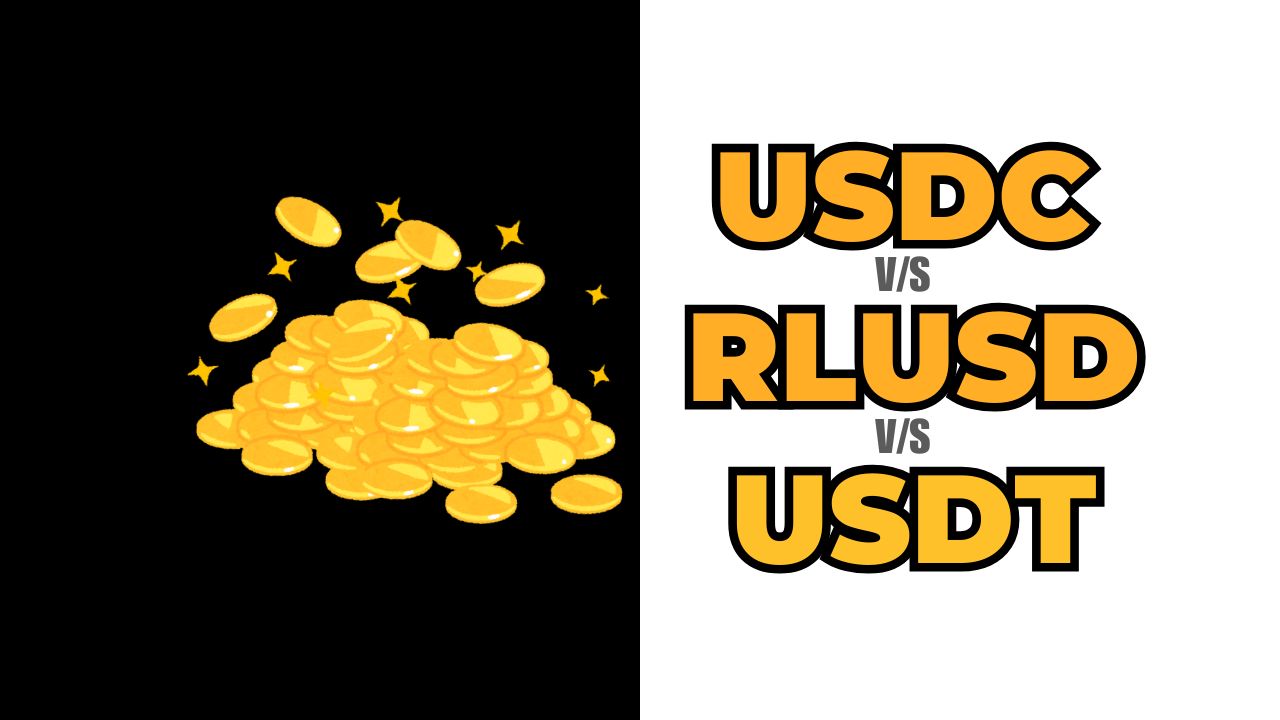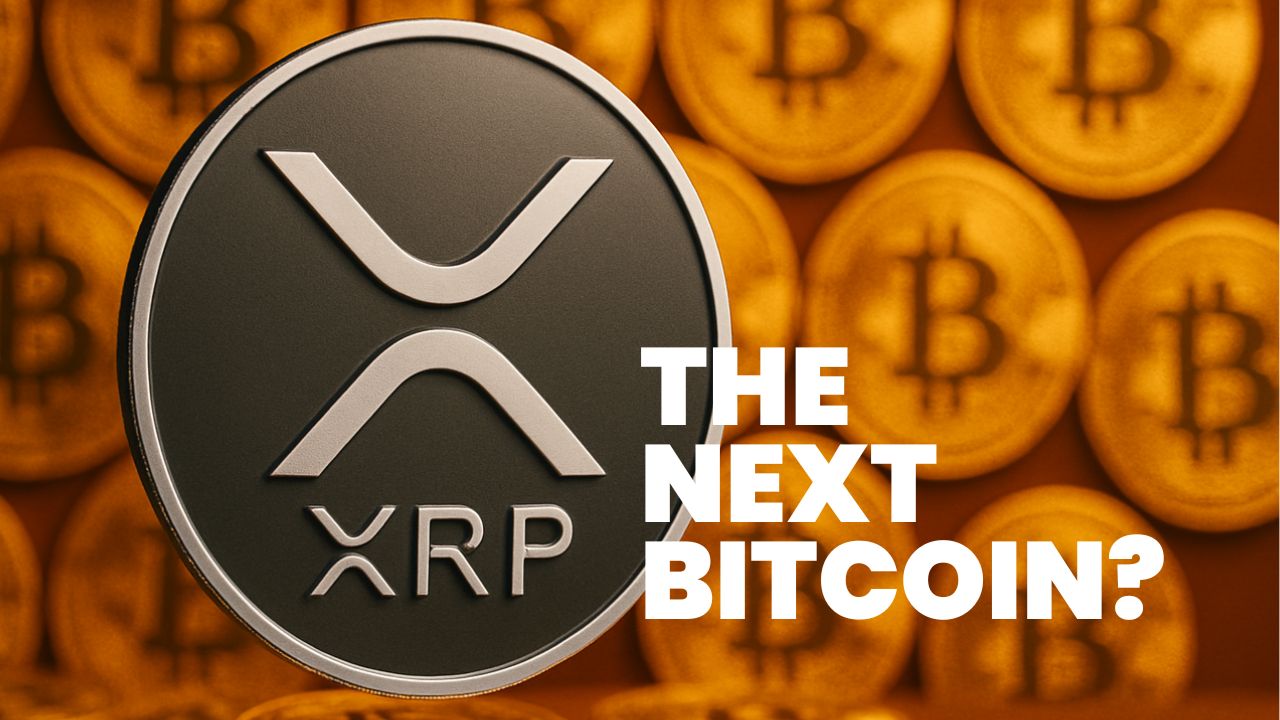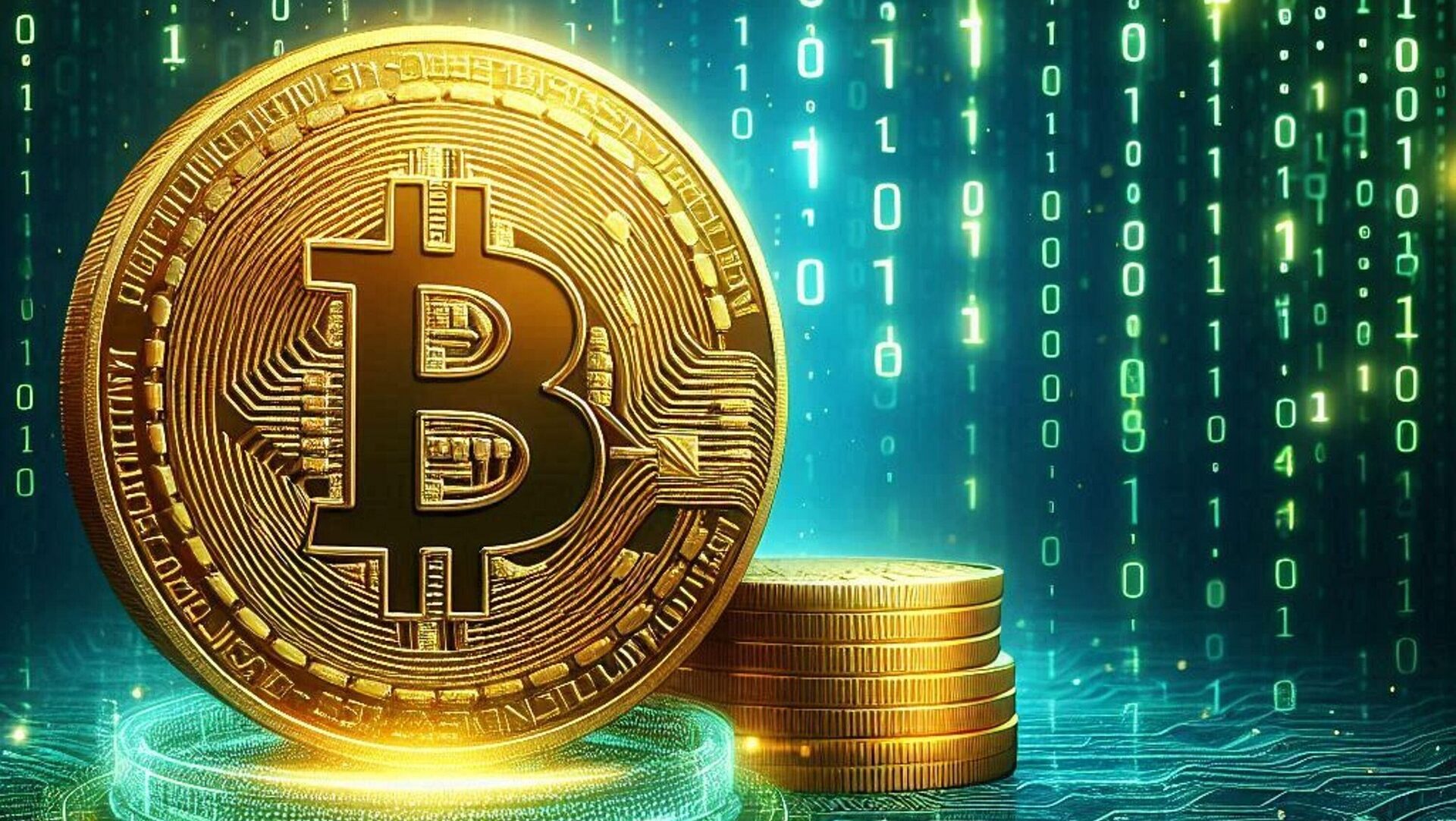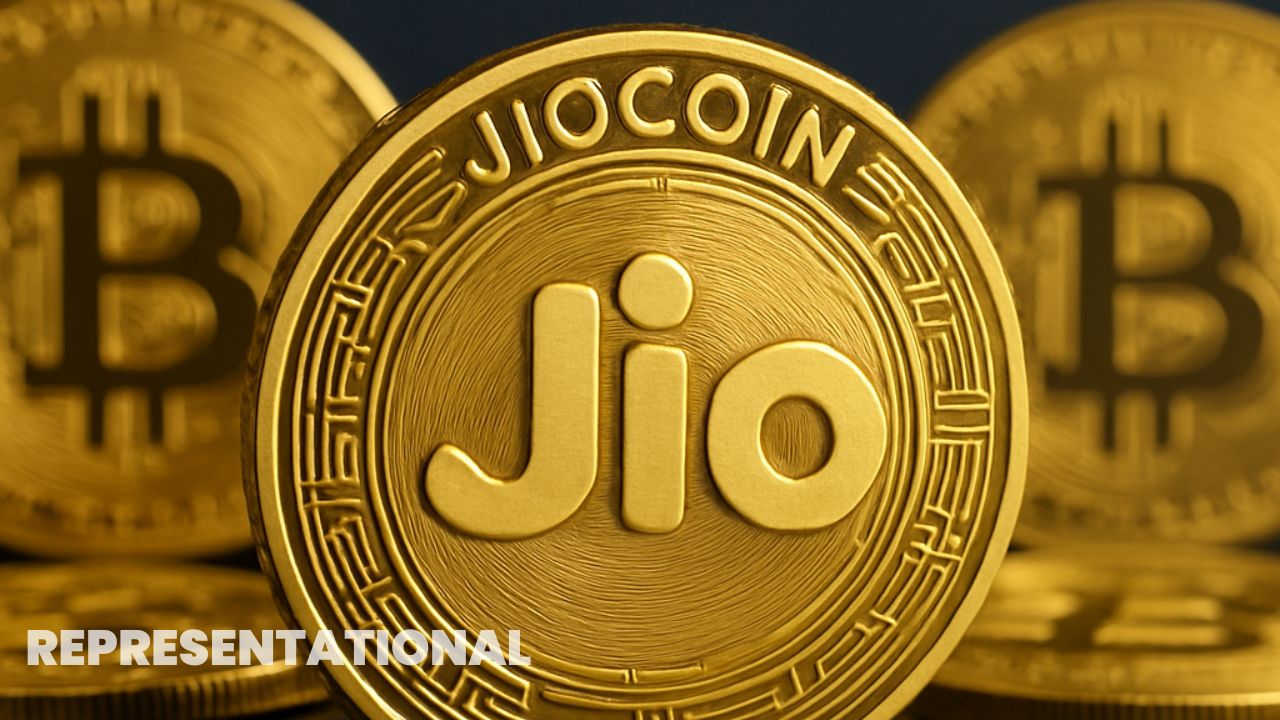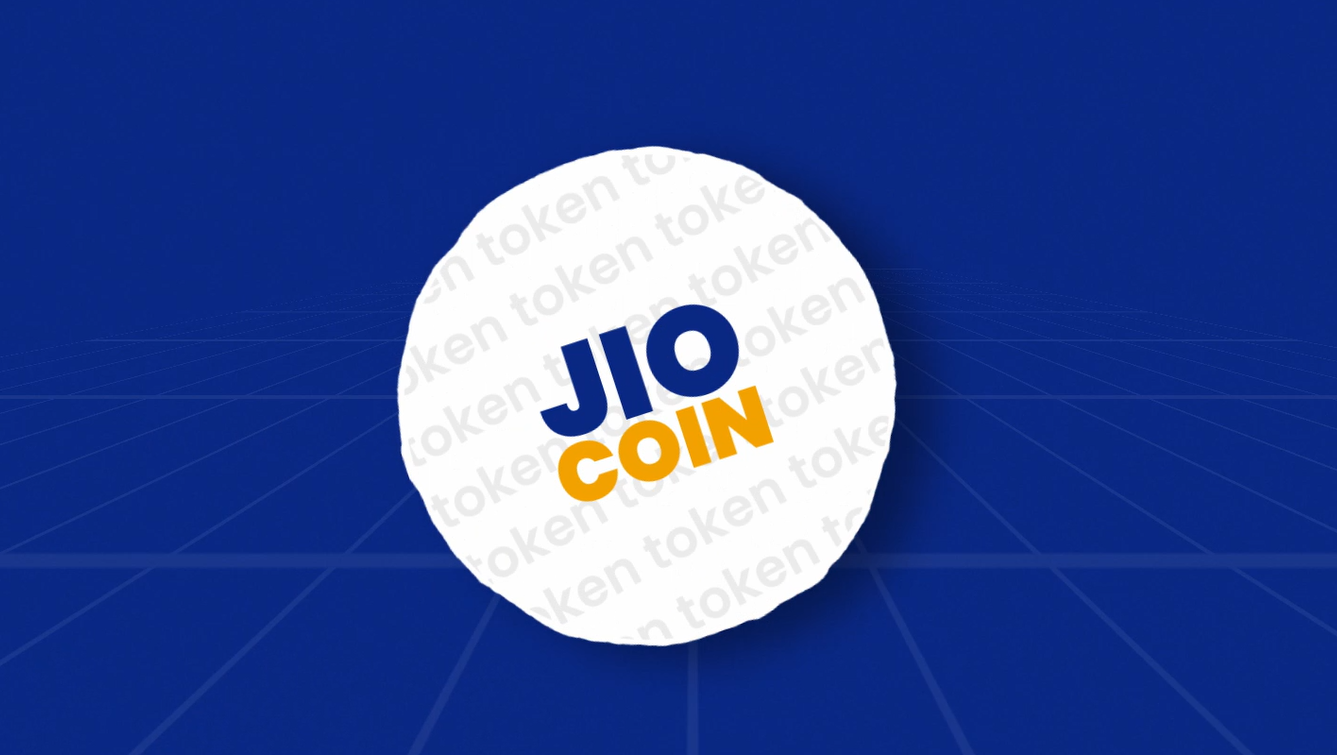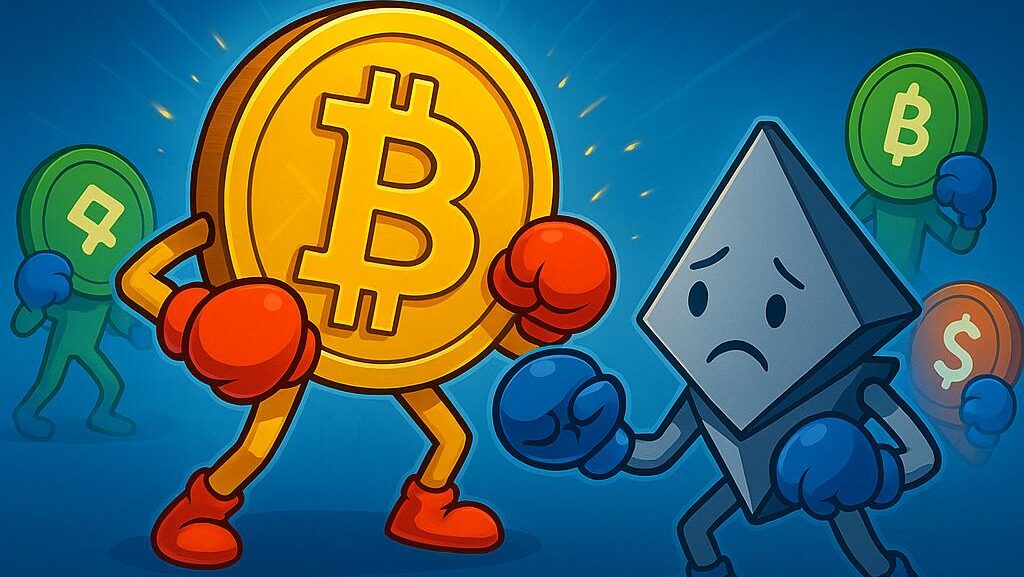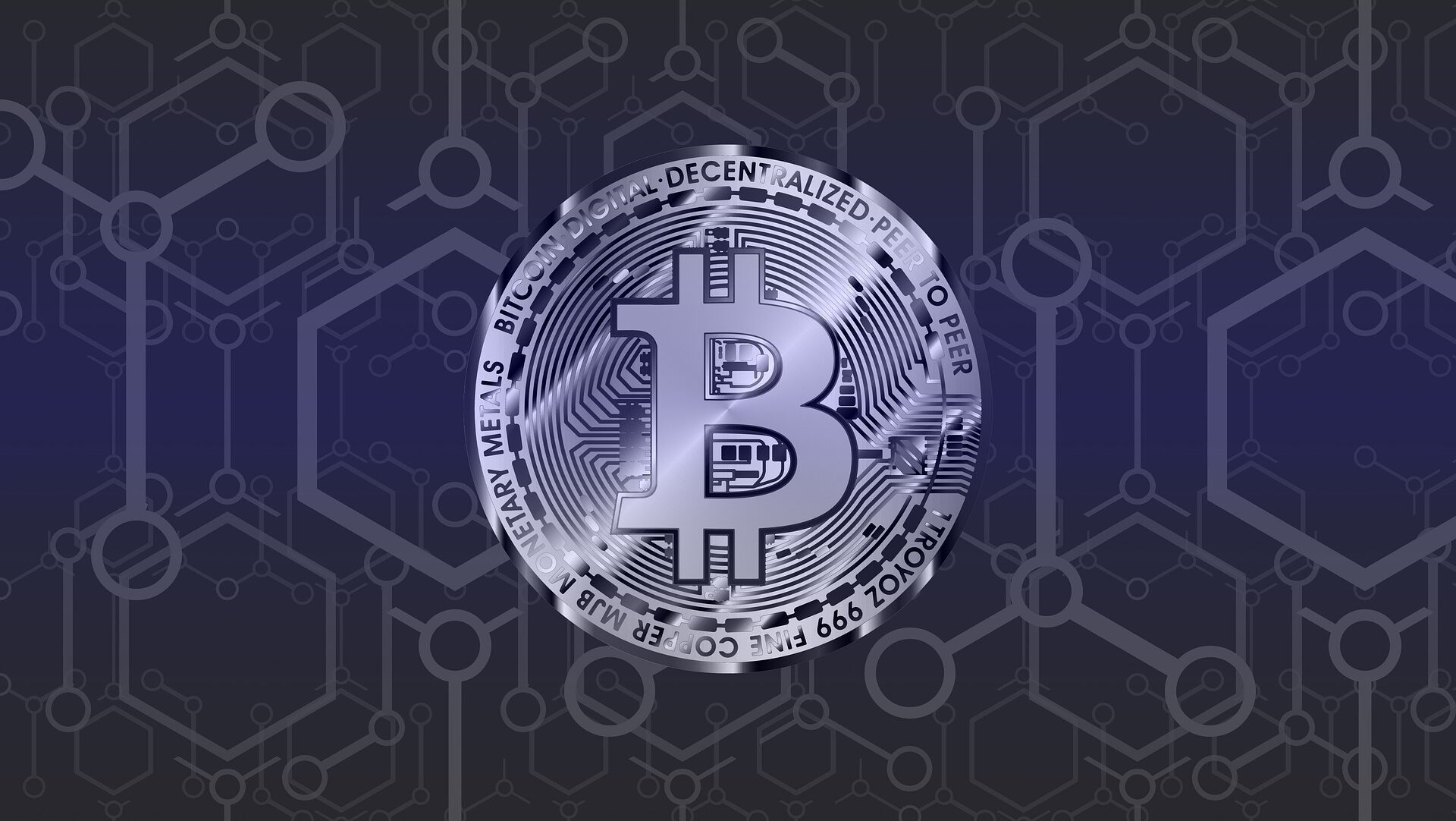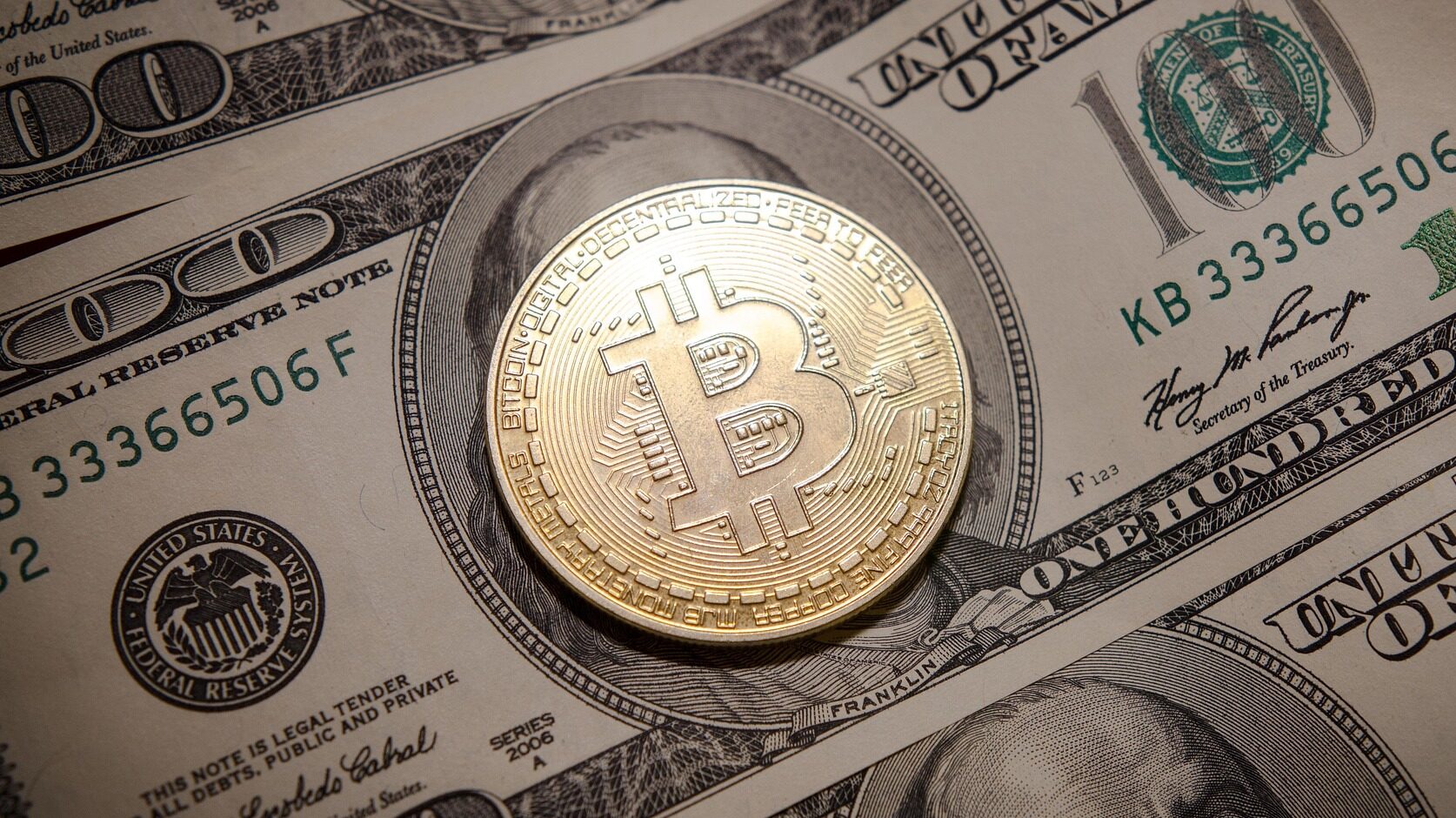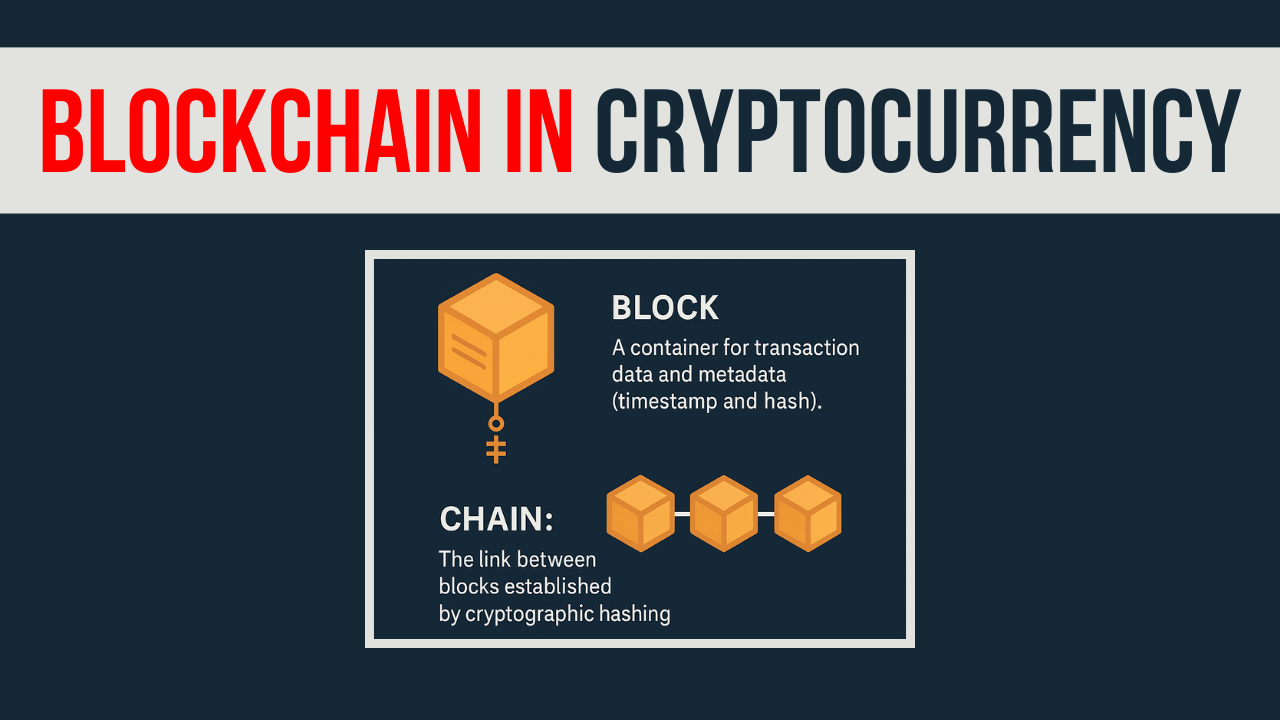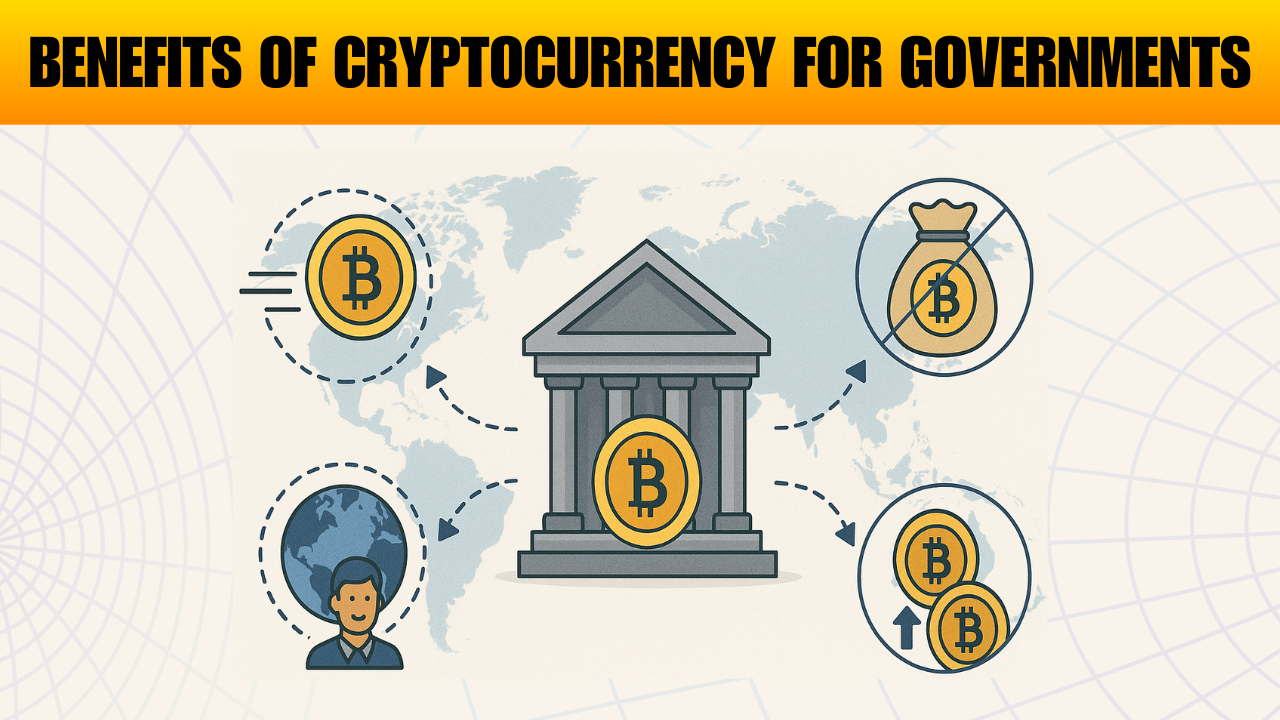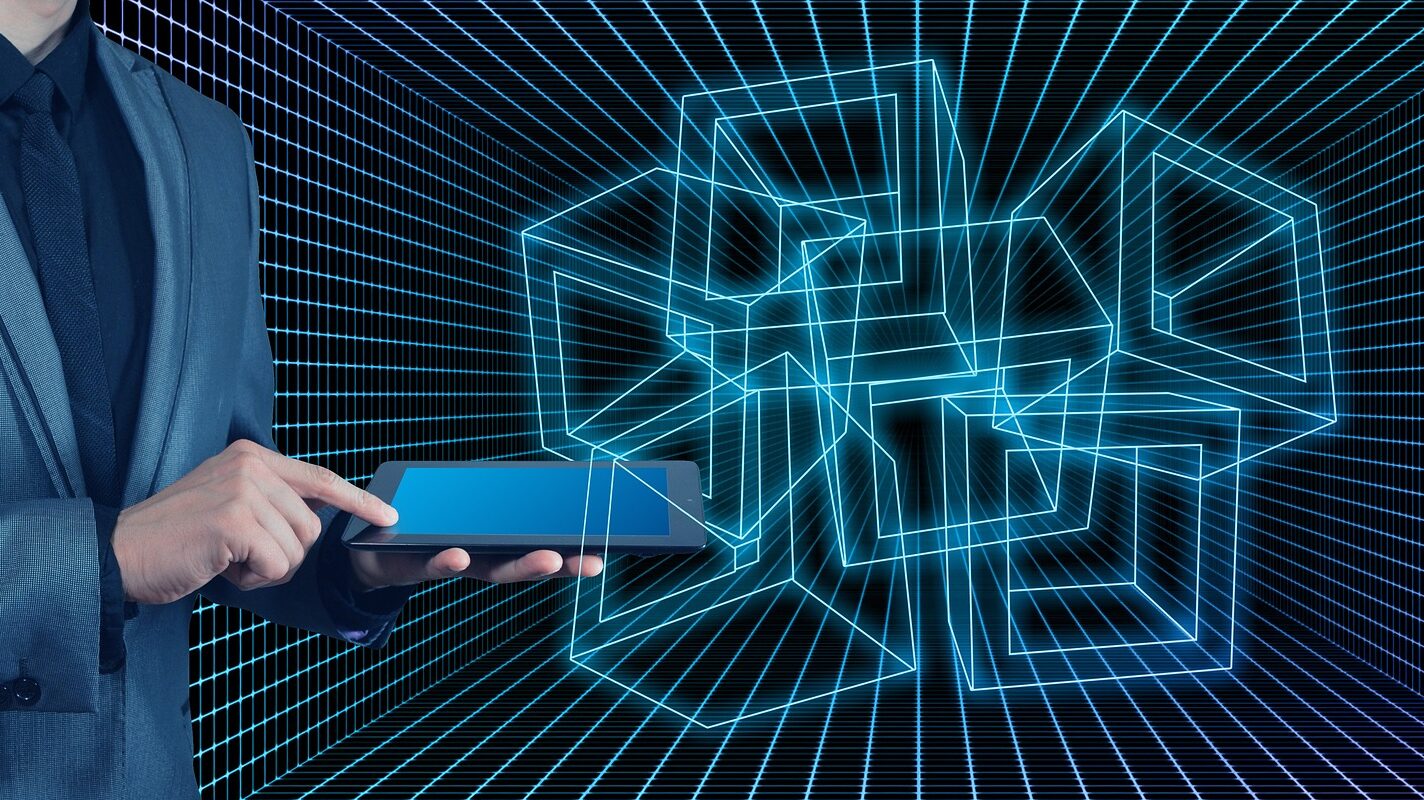Bitcoin opened the floodgates. Ethereum followed through. Now every crypto investor wants to know-which altcoin gets an ETF next?
On May 22, 2025, VolatilityShares launched the first-ever 1x XRP futures ETF in the U.S. with the ticker XRPI. This is the first ETF that gives single-exposure to XRP futures, showing a major step forward for XRP in the investment world.
Just last month, Teucrium had introduced a 2x Long XRP ETF, and now with the CME also listing XRP futures, it’s clear that big institutions are starting to take XRP derivatives seriously.
ProShares has also announced that it plans to launch its own set of leveraged and inverse XRP futures ETFs, which means even more options for investors who want to trade XRP-based products.
Over in the Solana ecosystem, Canary Capital has made a move too. It has filed to rename its upcoming Spot Solana ETF to the Canary Marinade Solana ETF. This new name reflects a collaboration with Marinade Finance, as the fund plans to include SOL staking. However, it’s still waiting for approval from the SEC.
All of these updates show that altcoin ETFs like XRP and SOL are gaining serious momentum as the rules and market conditions continue to shift in their favor.
Smart money is betting on Solana and XRP, and for good reason. The SEC is drowning in 72 crypto ETF applications, but these two keep rising to the top of many analyst’s shortlist. If they get approved, it could change everything for how Americans invest in crypto.
Growing Interest in Crypto ETFs
As of May 22, 2025, several ETFs (Exchange-Traded Funds) focused on XRP and Solana (SOL) have been either launched or filed for approval in the United States.
On the XRP side, Teucrium and ProShares have already launched futures-based ETFs, while big names like Bitwise, 21Shares, and Grayscale have filed for spot XRP ETFs, which are still waiting for SEC approval.
Similarly, Solana has seen ETF launches by Volatility Shares, offering both regular and 2x leveraged versions. Companies like VanEck, 21Shares, Grayscale, and Franklin Templeton have also filed to launch spot Solana ETFs.
These ETFs aim to give investors easy access to crypto assets without directly buying the coins, making it safer and more regulated for regular investors.
Why This Matters
Remember when Bitcoin ETFs launched in January 2024? They sucked up three-quarters of all new Bitcoin investment almost overnight. That kind of institutional firepower pushed Bitcoin past $50,000 in just four weeks. Ethereum spot ETFs launched in July 2024, with inflows reaching approximately $2.5 billion by May 2025.
Now imagine that same energy focused on Solana and XRP. JPMorgan thinks Solana could pull in $6 billion in year one. XRP might grab $4-8 billion. Those aren’t just numbers—that’s the kind of money that sends prices to the moon.
Solana’s Strengths Are Hard to Ignore
Solana has quietly become the blockchain world’s scrappy number two. While Ethereum still rules, Solana’s got $7 billion locked up in DeFi apps and developers who actually enjoy working on it. Speed and cheap fees will do that.
Wall Street is already paying attention. ARK Invest just bought nearly 240,000 shares of a Canadian Solana ETF for their main funds. It’s roundabout exposure, but it’s a start.
Sure, the SEC pushed Grayscale’s Solana ETF decision back to October. But here’s the thing—they did the exact same dance with Bitcoin and Ethereum before approving them. Plus, Solana futures are now trading on the CME, which usually means ETF approval isn’t far behind.
Word on the street is that BlackRock and Fidelity are quietly exploring their own Solana ETF plans. These giants don’t move without serious conviction. Solana’s numbers back up the hype too—75 million monthly active wallets and DeFi volume up 300% year-over-year.
If a Solana ETF gets the green light, some analysts think SOL could break $200. That’s not wishful thinking—it’s what happens when institutional money meets limited supply.
XRP’s Legal Clarity Changes the Game
XRP’s journey has been messier, but that might be ending. The big breakthrough came when a federal judge ruled that XRP isn’t a security when sold to regular investors. The SEC dropping their appeal this year basically sealed the deal.
The momentum is building fast. XRP futures launched on the CME in May, and trading volume jumped 124% right out of the gate. The Teucrium 2x Long XRP ETF has already grabbed $106 million in assets since April—not bad for a leveraged product.
But the real action is in spot ETF applications. Franklin Templeton, Bitwise, and WisdomTree all have proposals under review. Franklin’s decision comes June 17, and Nasdaq submitted paperwork to list Franklin Templeton’s XRP ETF.
Betting markets are feeling bullish—Polymarket users are giving XRP ETFs an 83-85% chance of approval this year. Whale wallets have been accumulating hard since April, suggesting the smart money sees something coming.
If XRP gets its ETF, a run toward its all-time high of $3.55 isn’t crazy talk. Especially if Ripple finally settles their remaining SEC issues.
Also Read – What it will take for XRP to become the next Bitcoin?
The Flip Side
Nothing’s guaranteed here. The SEC moves slow for a reason—they’re worried about volatility and protecting retail investors. Fair enough, considering crypto’s reputation for wild swings.
Also remember that futures-based ETFs (like that Teucrium XRP fund) don’t actually hold the underlying crypto. They track it through derivatives, which can create tracking errors when markets get choppy.
What’s Next
Paul Atkins is taking over as SEC Chair, and 2025 is shaping up to be make-or-break time for crypto ETFs. The July 2 deadline for multi-coin ETFs is coming fast, followed by single-asset decisions in October and November.
For regular investors, ETF approval would be huge. No more fumbling with crypto wallets or sketchy exchanges—just buy and hold like any other stock. It’s the bridge between traditional investing and crypto that millions of Americans have been waiting for.
The stars seem to be aligning for Solana and XRP. Legal clarity is improving, institutional interest is growing, and the regulatory winds are shifting. Whether that translates to actual approvals is the multi-billion dollar question.
But if history is any guide, when this much money and attention focuses on something, it usually finds a way to happen.
Disclaimer: This article is for information only, not financial advice. Crypto investments are risky and may lead to losses. Always do your own research and consult a financial advisor before investing.
Also Read – USDC vs. RLUSD vs. USDT – Key Differences and Why They Matter


